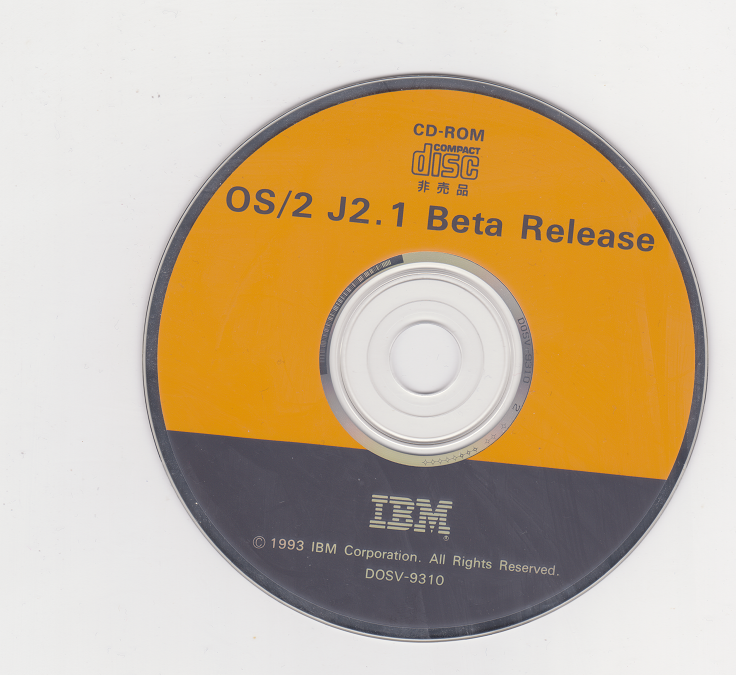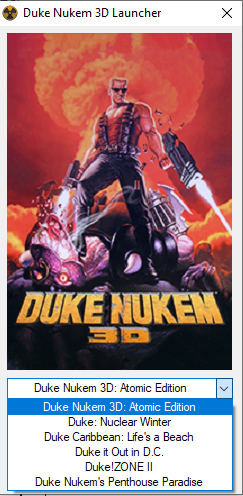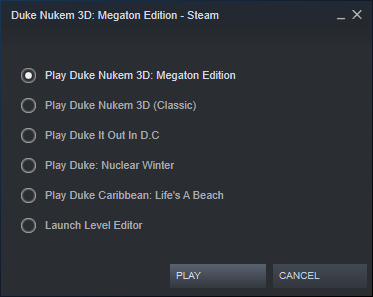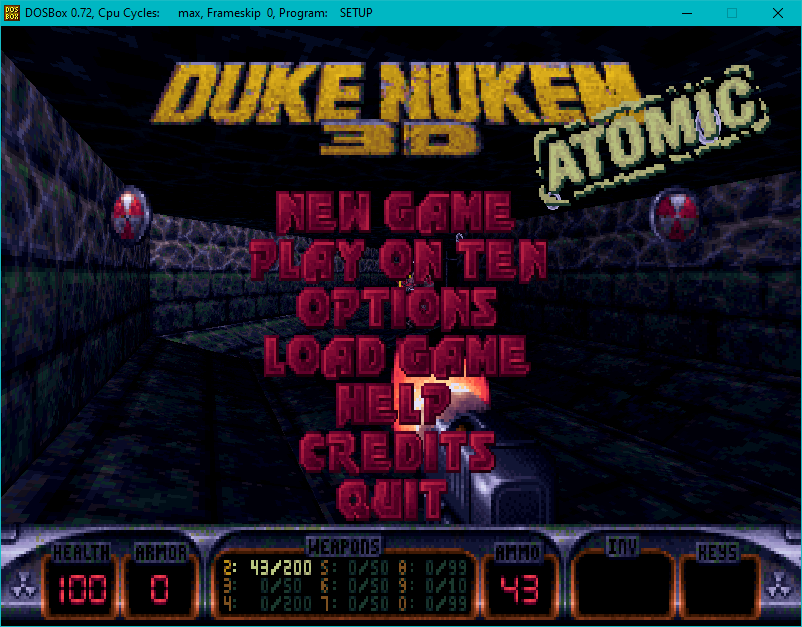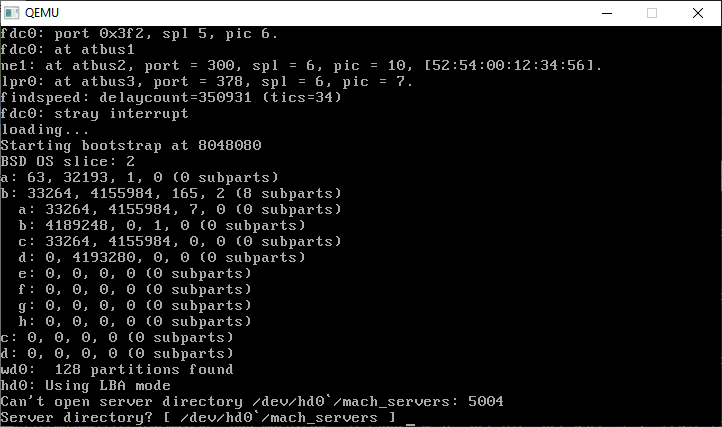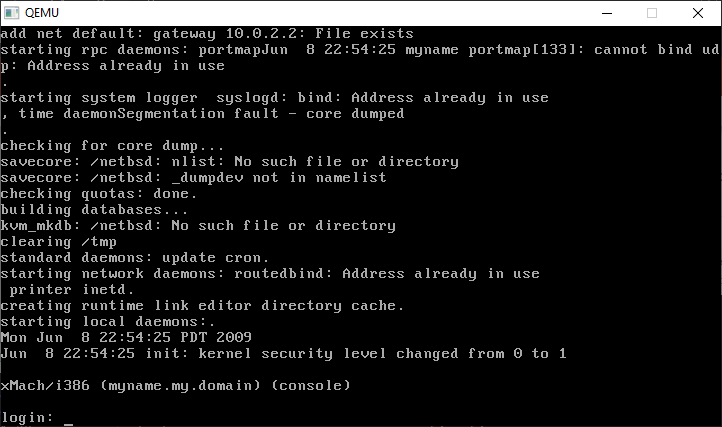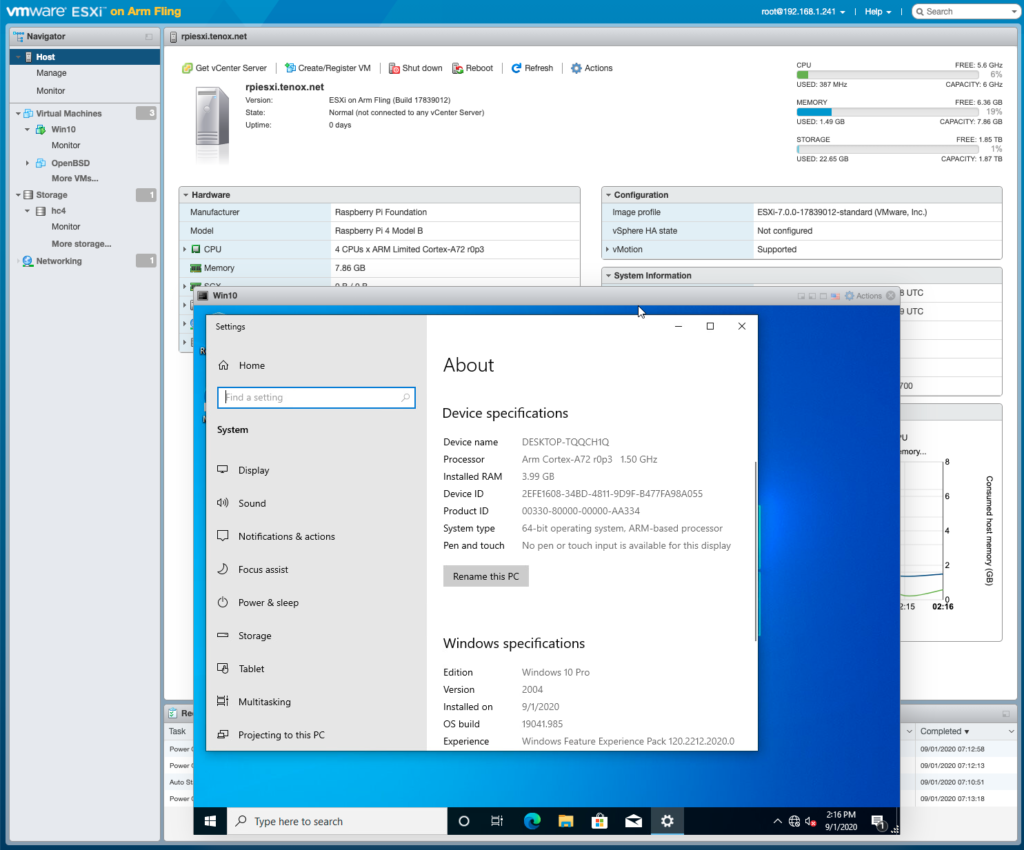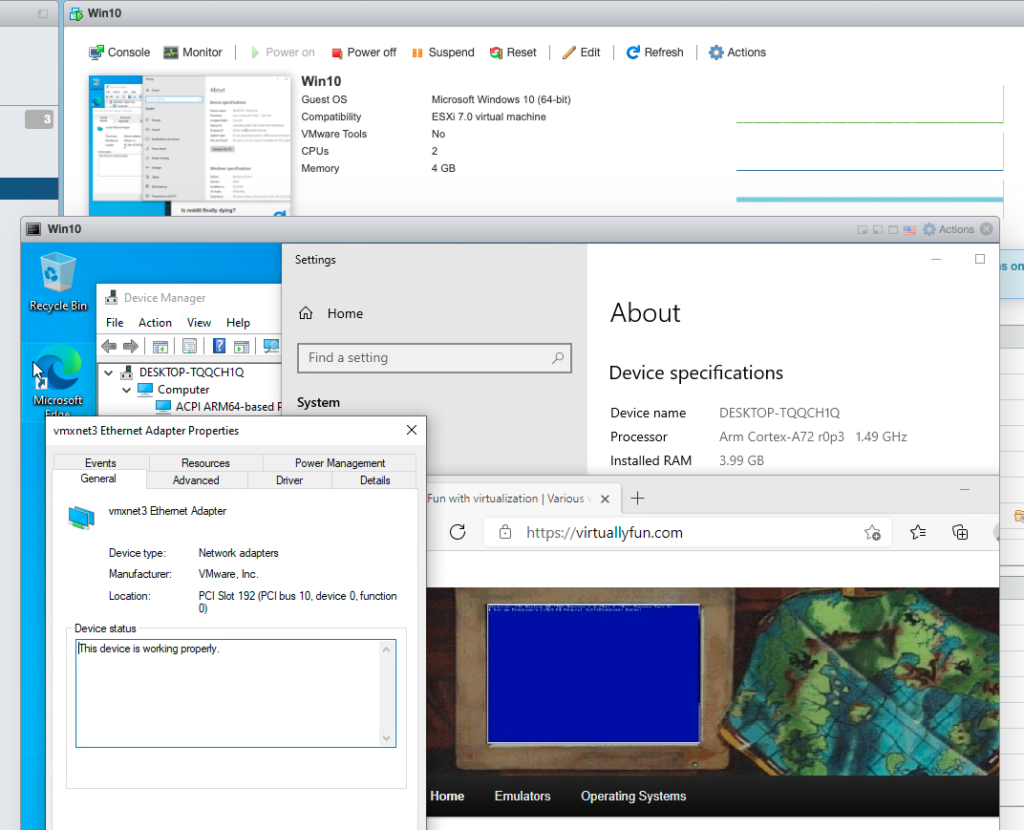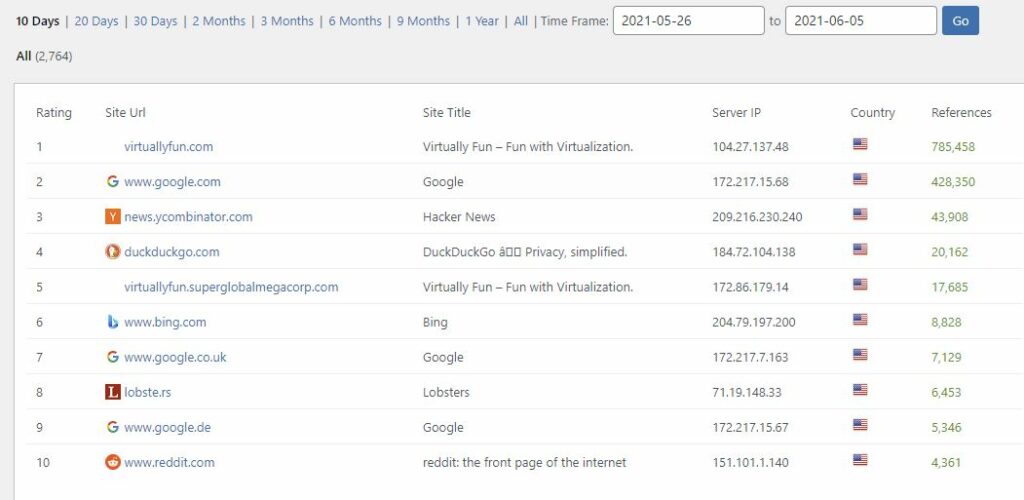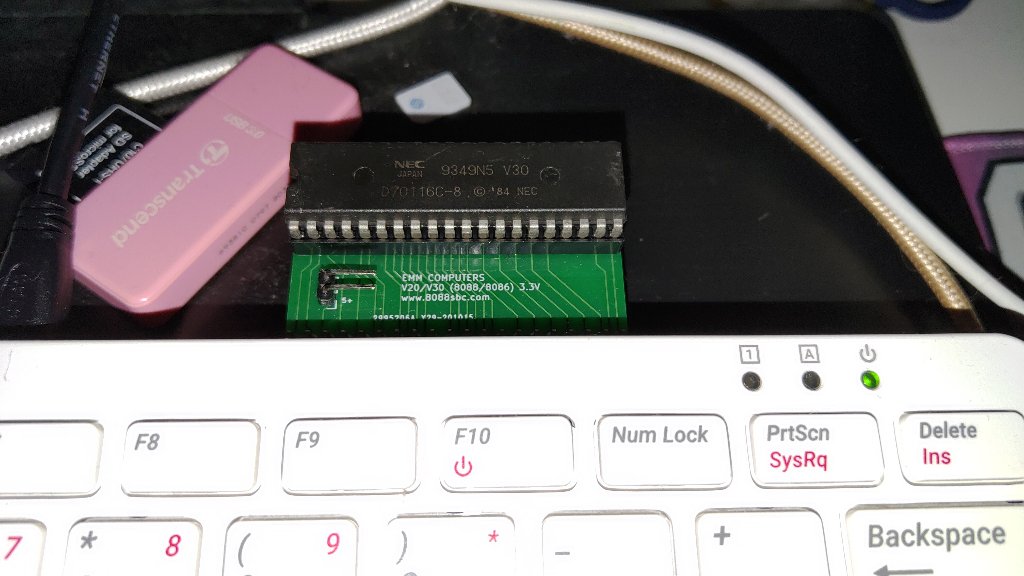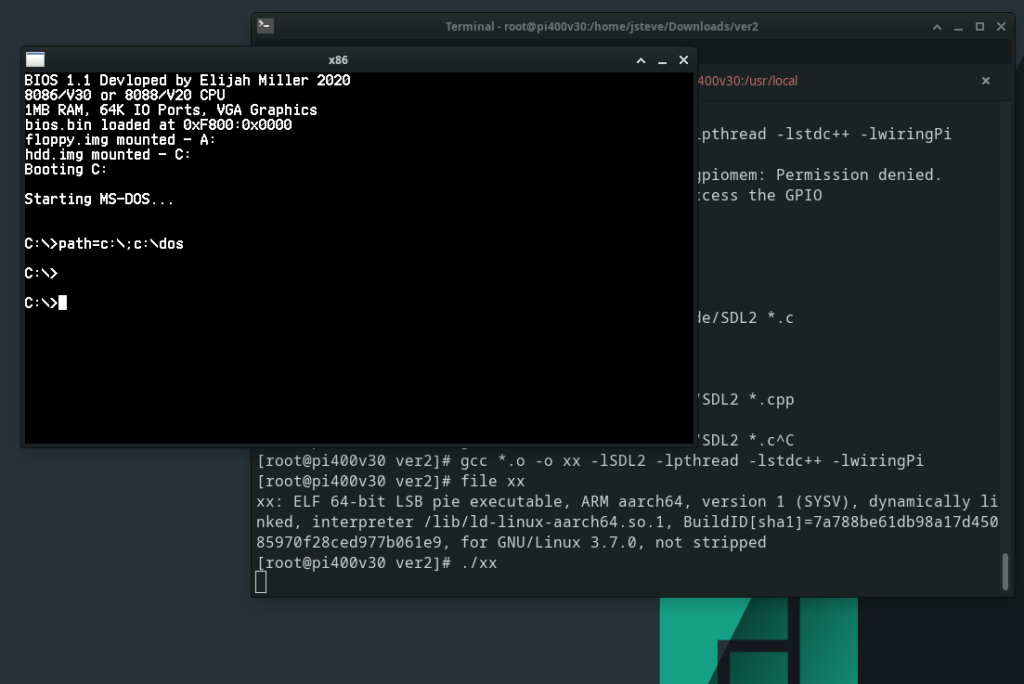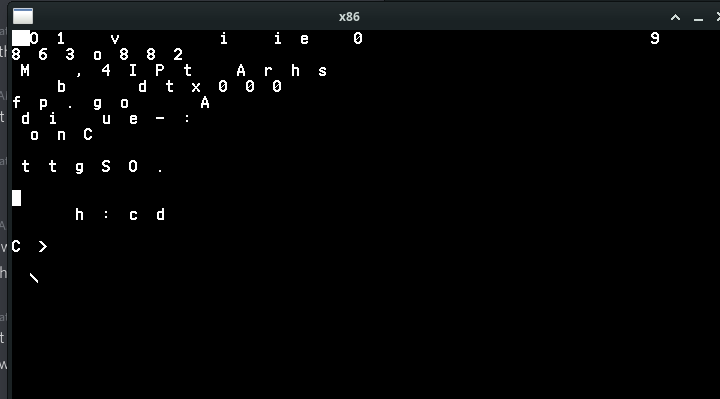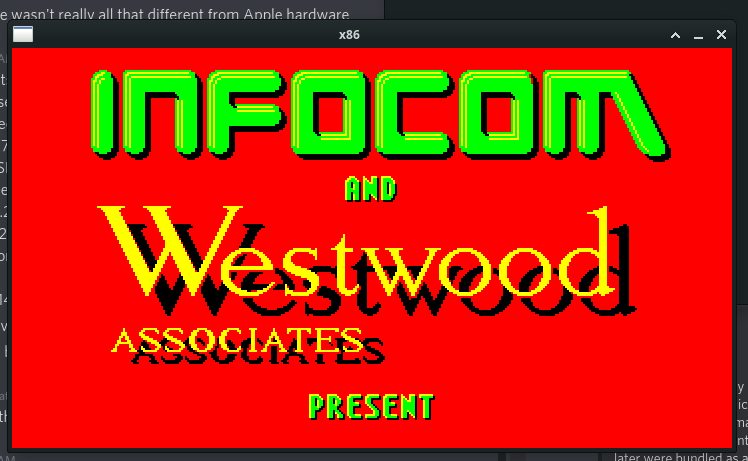Frustration of the early 1990s
Something that used to annoy me to no end back in the early 90’s was nearly empty CD-ROM’s from big companies. Back then dialup was the norm and I was ‘lucky’ enough to have a 2400 baud modem back in 93. I wanted a 32bit processor and at least 4MB of ram to join that elite home based 32bit computing to finally feel like I’d upgraded well beyond the Commdore 64, but money was tight and that 2400 baud modem I got on sale from BrandsMart USA was ‘good enough’. I’ve had a 300 baud modem on the c64 so I knew the feeling of absolute painful downloads.
Heck internet access wasn’t so prevalent, and dialing up to BBS’s was super common. It’s a BBS where I stumbled across Linux on CCUG, which was both great for being local but also letting me download at night at 2400 baud as many BBS’s kicked me for being too slow. Thanks Doug!
But here we had this awesome era of CD-ROMs, I managed to snag a NEC Intersect single speed external from TigerDirect, who would have these annual sales to clearance all kinds of RMA’s. It was a great time to get stuff for pennies on the dollar as they say. It was amazing to have access to nearly 700MB of data per disc. But it was amazing how empty so many were.
One such opportunity to ship as much as possible to the users was absolutely missed in OS/2 2.1/3.0 Looking at the EN-US release you find the OS/2 2.1 for Windows CD-ROM contains just the OS, both extracted and disk images:
Volume in drive E is OS2_CD_ROM
Volume Serial Number is 4384-1BD8
Directory of E:\
[DISKIMGS] [MMPM2] OS2SE20.SRC [OS2SE21]
1 File(s) 10 bytes
3 Dir(s) 0 bytes free
Total Files Listed:645 File(s) 292,279,546 bytes135 Dir(s) 0 bytes free
with 300MB on the disc that left space for another 300MB. What could they have put on there? Obviously the best answer is 3rd party drivers, any and all SDK (Although we are talking about IBM who famously priced the OS/2 1.0 SDK for $3,000), demos, utilities, free software?!
Enter OS/2 2.1J Beta of Japan
While on the Discord some cheap OS/2 CD-ROMS popped up and @plaman was nice to image them for me. I was more interested in Borland C++ 2 for OS/2 but there was also this Japanese beta of 2.1. Normally I wouldn’t be all that interested as I was thinking it was for PC-98 but but’s the ‘DOS/V’ variant which is mostly like a normal PC. But mounting the CD-ROM showed it was far more interesting:
Volume in drive F is V_MAG9310
Volume Serial Number is DD59-9766
Directory of F:\
[DOS_WIN] [OS2BETA] [OS2DEMO] [OS2FREE] OS2SE20.SRC [OS2SUPP] [PCGAMES] README.1ST
[VMAG]
2 File(s) 2,187 bytes
7 Dir(s) 0 bytes free
Total Files Listed: 2867 File(s) 501,115,944 bytes637 Dir(s) 0 bytes free
PC Games?! Demos?! What is this! And sure enough it has a tonne of game demos including a bunch of Sierra, LucasFilm and even an Electronic Arts Syndicate demo!
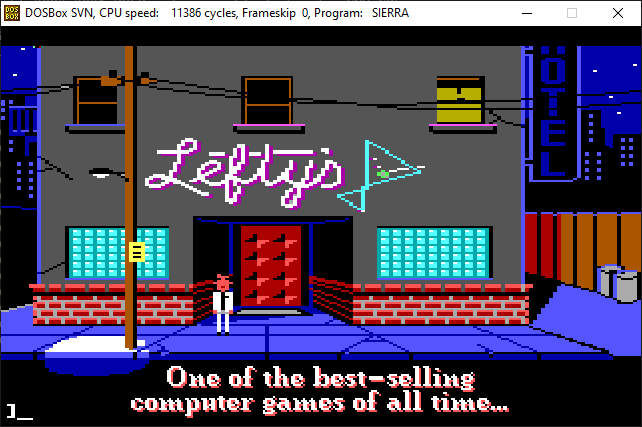
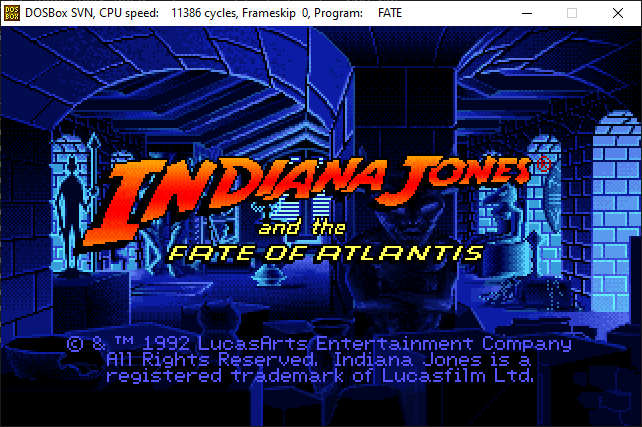
In the freeware directory its a selection from Hobbes, including EMX 0.8F, and the GCC/2 port. Also hidden in there is ‘S_O2OBJ.ZIP’ which is the source to a program to convert GAS i386 a.out object files to OMF for use by LINK386 (yes that adventure is ongoing), and all kinds of other fun things. What is nice is that the source code archives are included as well. Thanks IBM of Japan!
In addition there is of course one of those ‘OS/2 demo’ slide show apps
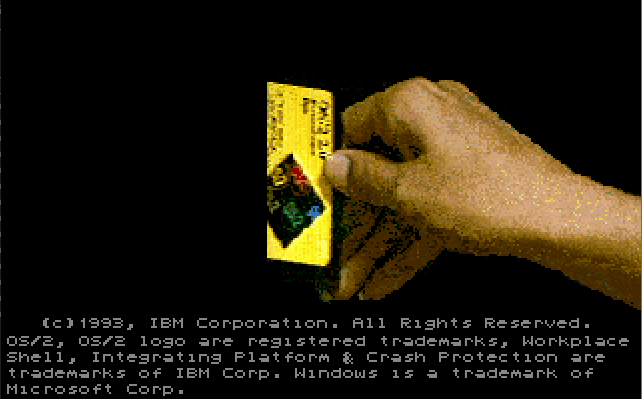
It’s just a simple slide show thing to go over how to use the new desktop
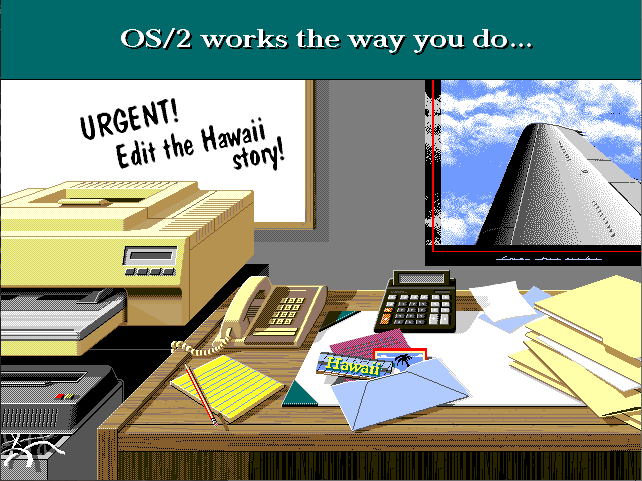
Transform your ‘old’ desktop to the new metaphors of the past:

Into the OS/2 future! Of course you have to understand it’s 1993 by now, and the vast majority of the world is using either Windows 3.0 or 3.1. The new OS/2 2.00 UI is so radically different that even Windows 10 doesn’t attempt the same level of object integration. Although leaving it like the above would be more of a ‘Bob’ type of move, the real world result was this:
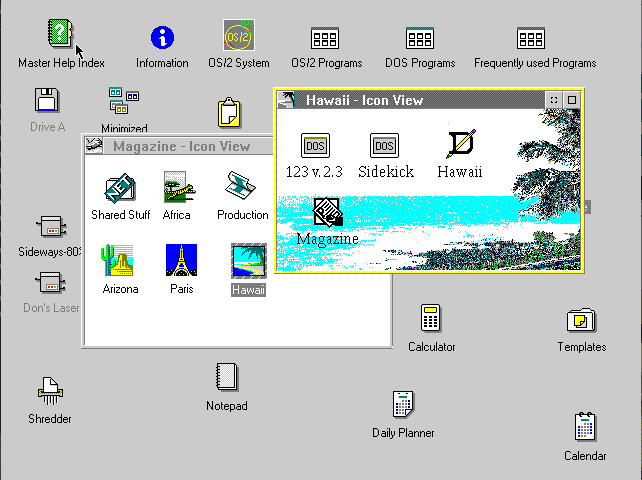
Of course in the demos the backdrop per folder thing in OS/2 always looks great, but in real life it was never the same. Perhaps it was the limitation of editing tools of the time, or how OS/2 had a different bitmap format from Windows, which really limited the ability to interchange images.
Compare this to the clutter of the Windows 3.0/3.1 desktop:
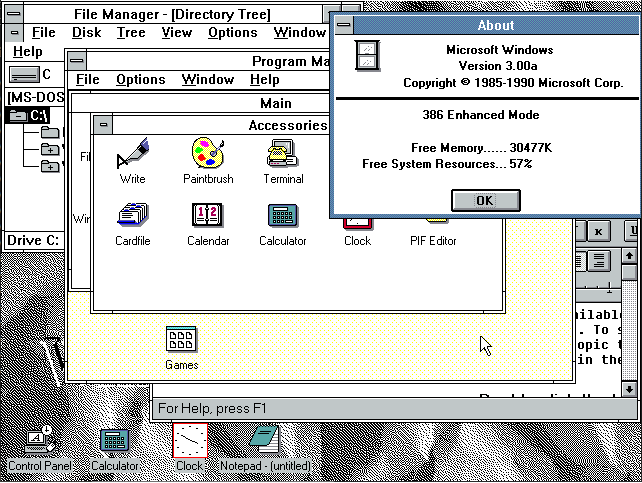
Obviously the ‘winning move’ was the Windows 95 desktop which reduced icons to mere shortcuts to give the illusion of something like the OS/2 desktop, but without anywhere the level of complexity and integration made for something far more lightweight. Of course I don’t even want to talk about the binary ini files, their ability to corrupt and booting off diskette to rebuild the desktop by hand. When things failed on OS/2 they failed in the most amazing ways.
At the end of the day;
I still haven’t tracked down a release version of OS/2 2.1 for the Japanese market to see if the CD-ROM version shipped with anything beyond the OS. Perhaps it was simply a beta thing. But these shovelware discs always have a great accidental archives of the era. And it’s nice to see that some OS/2 stuff got preserved for once.
If you are interested you can download the ISO on archive.org here: OS2J21_Beta

